

|
|
|


|
|
1/10 Scale Electric Buggy:
AYK Radiant / Pro Radiant - Radio Controlled ModelHistory and Info:
Introduced by AYK Aoyagi Metals Co circa 1987, the 4WD Radiant Buggy was quite successful in its time and had an option of 2-speed transmission. The same basic chassis was later used by AYK for the Maverick and Boost.
▼ Scroll Down for More Images ▼
|








|
|
|

★ AYK Radiant Chassis ★
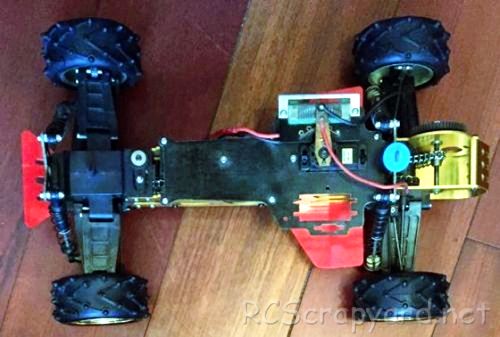
★ AYK Radiant Chassis ★
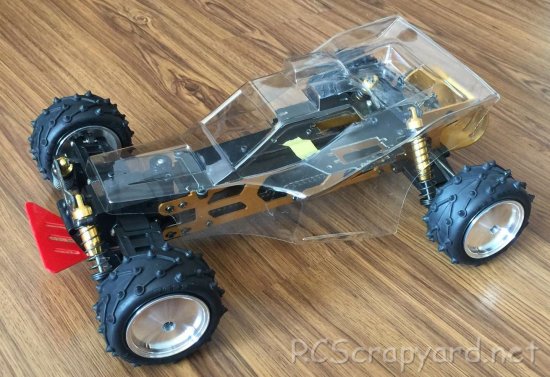
★ AYK Radiant Chassis ★
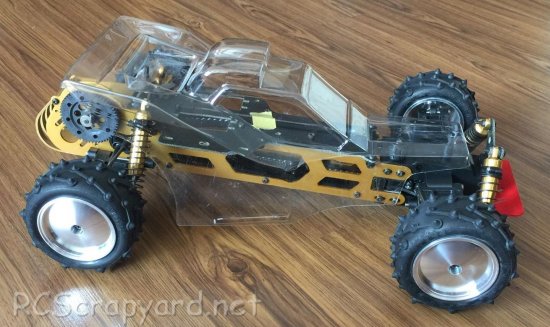
★ Race-Prep - AYK Radiant 1988 Ad ★
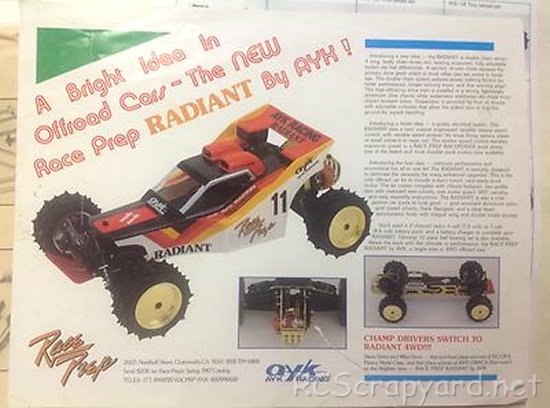
★ AYK Pro Radiant Box ★
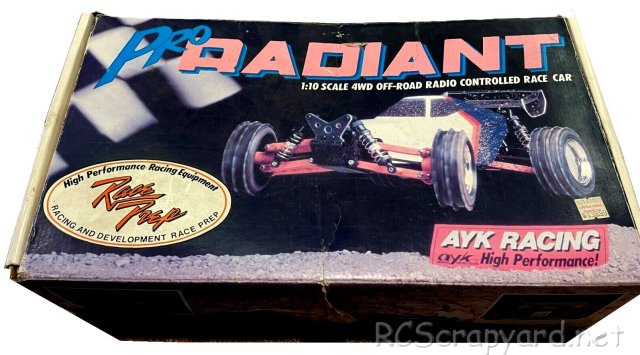
★ AYK Pro Radiant Chassis ★
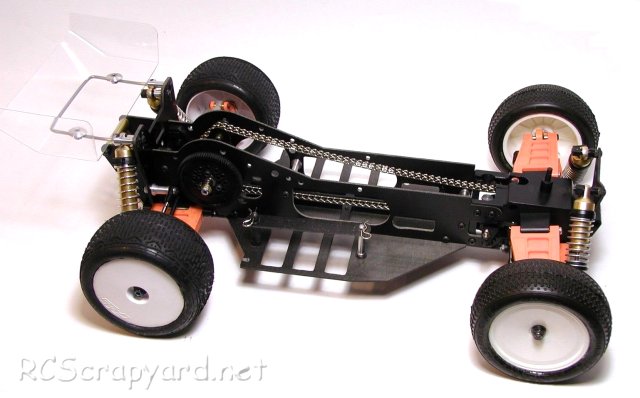
★ AYK Pro Radiant Chassis ★
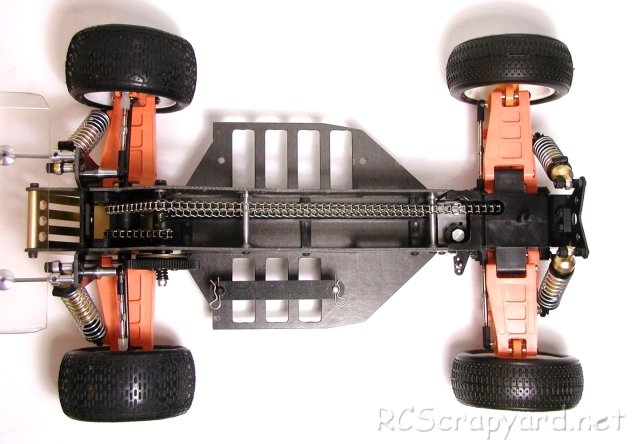
★ AYK Pro Radiant Chassis ★
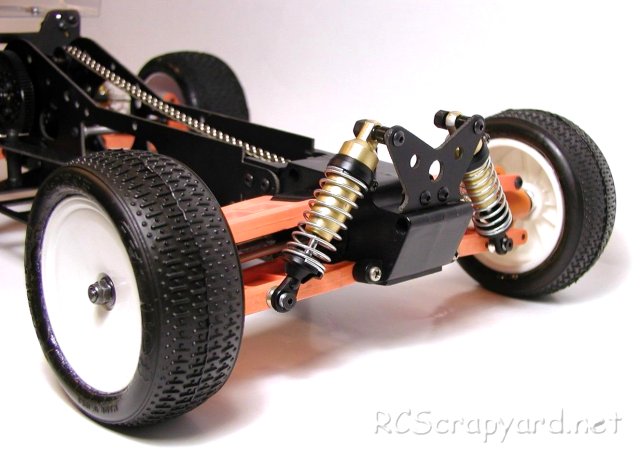
★ AYK Pro Radiant Chassis ★
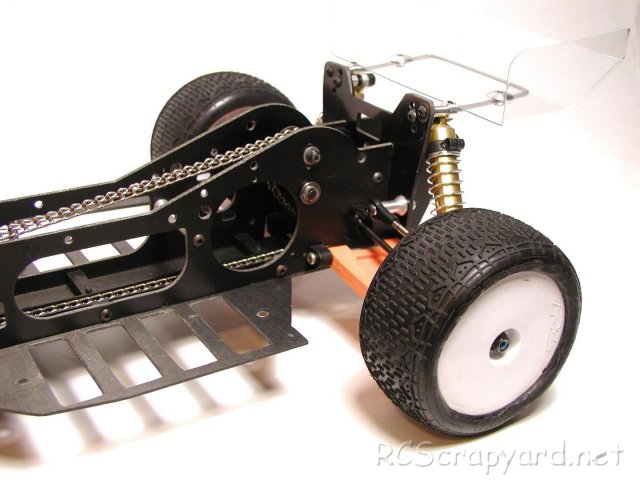
★ AYK Pro Radiant Chassis ★
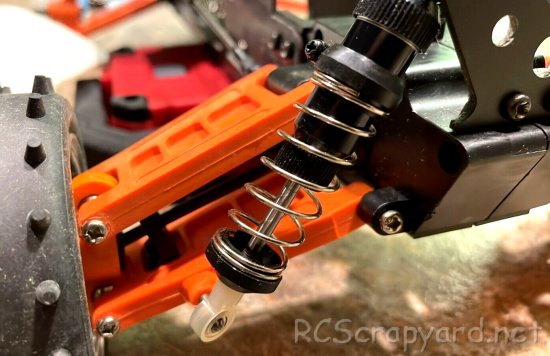
★ AYK Radiant Chassis ★

★ AYK Pro Radiant Ad ★
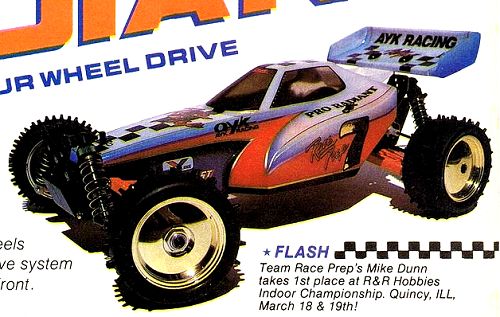
|
Buying a Used AYK Radiant
|
|
Manufacturers and Brands Catalogued, Listed and Reviewed by RC-Scrapyard.
At present, the RC Model Manufacturers, Brands and Distributors covered by us are: ABC Hobby, Academy, Acme Racing, Agama Racing, Amewi, Ansmann Racing, ARRMA, Team Associated, Atomic RC, Axial, AYK, Bolink, BSD Racing, Capricorn, Carisma, Carson, Caster Racing, Cen, Corally, Custom Works, Durango, Duratrax, ECX - Electrix, Exceed RC, FG Modellsport, FS-Racing, FTX, Fujimi, Gmade, GS-Racing, Harm, HBX, Helion, Heng Long, Himoto Racing, Hirobo, Hitari, Hobao, Hong-Nor, Hot Bodies, HPI, HSP, Intech, Integy, Jamara, JQ Products, Kawada, Kyosho, Losi, LRP, Maisto, Mardave, Marui, Maverick, MCD Racing, Megatech, Mugen, New Bright, Nichimo, Nikko, Nkok, Ofna, Pro-Pulse, Protech, PTI, RC4WD, Redcat Racing, RJ-Speed, Robitronic, Schumacher, Seben, Serpent, Smartech, Sportwerks, Step-Up, Tamiya, Team-C Racing, Team Magic, Thunder Tiger, Tomy, Top Racing, Traxxas, Trinity, Tyco, Vaterra RC, Venom, VRX Racing, WLToys, X-Factory, Xmods, Xpress, Xray, XTM, Yankee RC, Yokomo, ZD Racing and Zipzaps. |
|
Hints, Tips and Information
Painting a Lexan Body Shell.
Most RC Model kits come with an unpainted, clear Lexan plastic Body Shell you yourself must prepare and paint. This type of Body Shell is painted on the inside, and special spray or brush on Polycarbonate Paints MUST be used.
|
|
Hints, Tips and Information
The Importance of Suspension Droop
When you pick up your RC model car, the suspension arms naturally drop, this is termed as Droop and should be equal from side to side, but can vary from front to rear. |
|
RC Models:
|
Radio & Motors: |
Other
Accessories: |